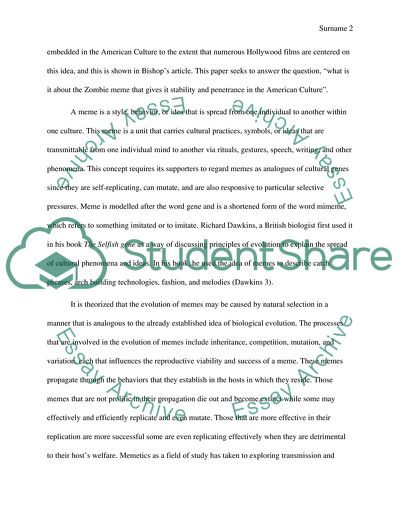Cite this document
(Zombie Meme and the American Culture Literature review, n.d.)
Zombie Meme and the American Culture Literature review. https://studentshare.org/culture/1791547-wpr
Zombie Meme and the American Culture Literature review. https://studentshare.org/culture/1791547-wpr
(Zombie Meme and the American Culture Literature Review)
Zombie Meme and the American Culture Literature Review. https://studentshare.org/culture/1791547-wpr.
Zombie Meme and the American Culture Literature Review. https://studentshare.org/culture/1791547-wpr.
“Zombie Meme and the American Culture Literature Review”. https://studentshare.org/culture/1791547-wpr.


